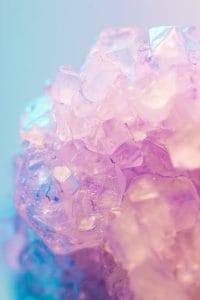
Ever wondered what makes your favorite candy so sweet, or why some candies are hard while others are chewy? Let’s unwrap the delicious science behind candy!
The Sweetness of Sugar
Candy’s sweetness comes from sugar, a simple carbohydrate. When you eat candy, enzymes in your mouth break down the sugar, releasing a sweet taste.
Image Idea: A diagram showing how enzymes break down sugar.
Hard Candy vs. Chewy Candy
The difference between hard and chewy candy lies in how sugar is processed. Hard candies are made by heating sugar to high temperatures, then cooling it quickly. This process forms a hard, brittle structure.
Chewy candies, on the other hand, are made by heating sugar to a lower temperature and adding ingredients like gelatin or corn syrup. These ingredients interfere with the sugar crystals, creating a softer, chewier texture.
Here’s a data table comparing the sugar cooking temperatures for different types of candy:
| Type of Candy | Sugar Cooking Temperature |
|---|---|
| Hard Crack | 300-310°F |
| Soft Crack | 270-290°F |
| Hard Ball | 250-265°F |
| Soft Ball | 235-245°F |
| Thread | 230-235°F |
The Role of Acid
Ever noticed the sour taste in candies like gummy worms or sour patch kids? That’s due to the addition of acids like citric acid or malic acid. These acids react with our taste buds to create a sour sensation.
The Colorful World of Candy
The vibrant colors of candy come from food dyes. These dyes are made from compounds that reflect certain wavelengths of light, giving them their characteristic colors.
Data Chart Idea: A chart showing common food dyes and the colors they produce.
A Treat for the Mind and the Taste Buds
So, the next time you enjoy a piece of candy, remember the sweet science that makes it all possible. From the chemistry of sugar to the role of acids and dyes, there’s a world of science in every bite!
References:

Leave a Reply
You must be logged in to post a comment.